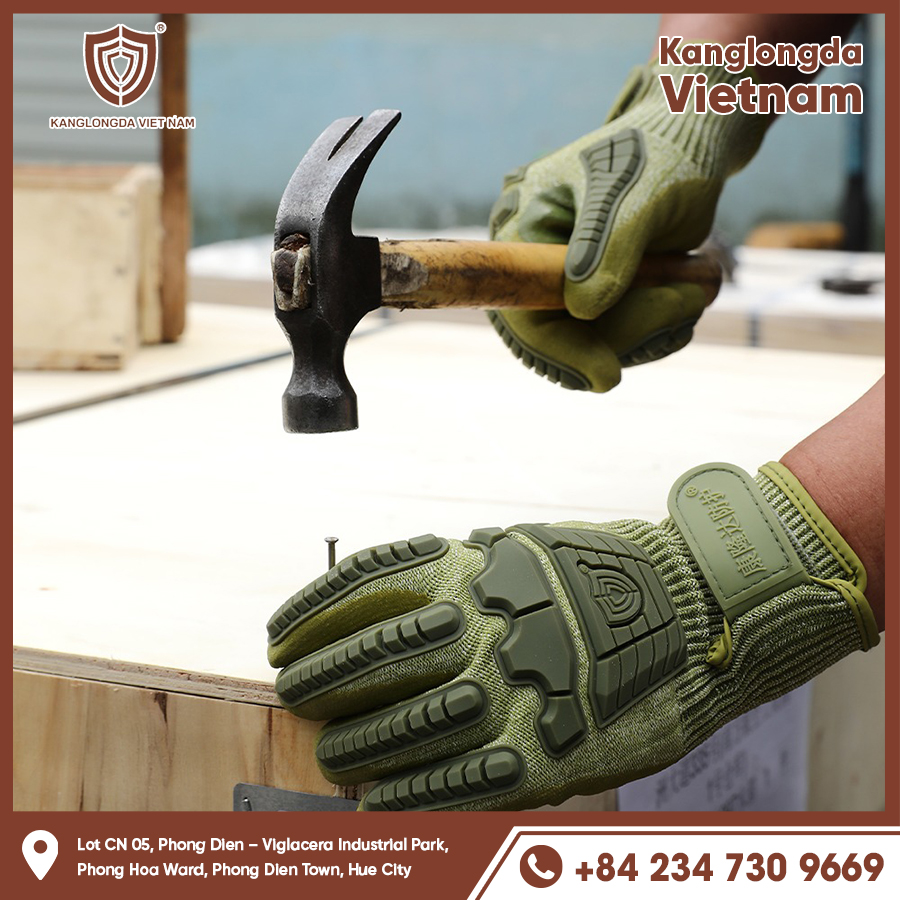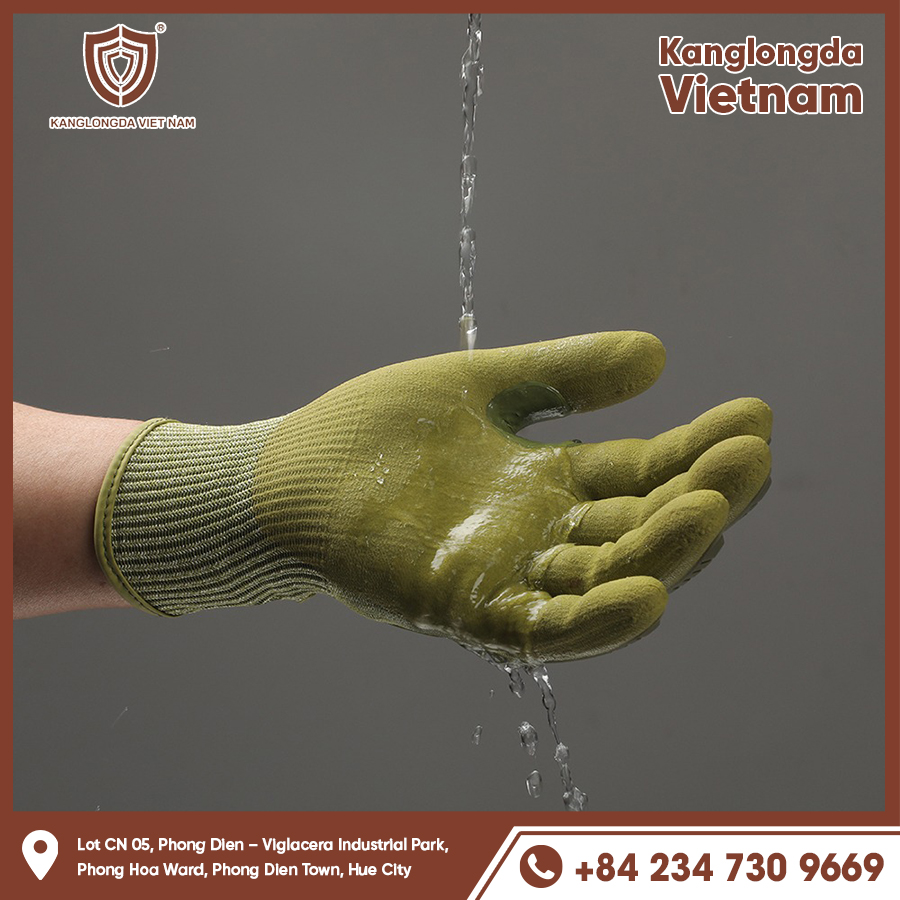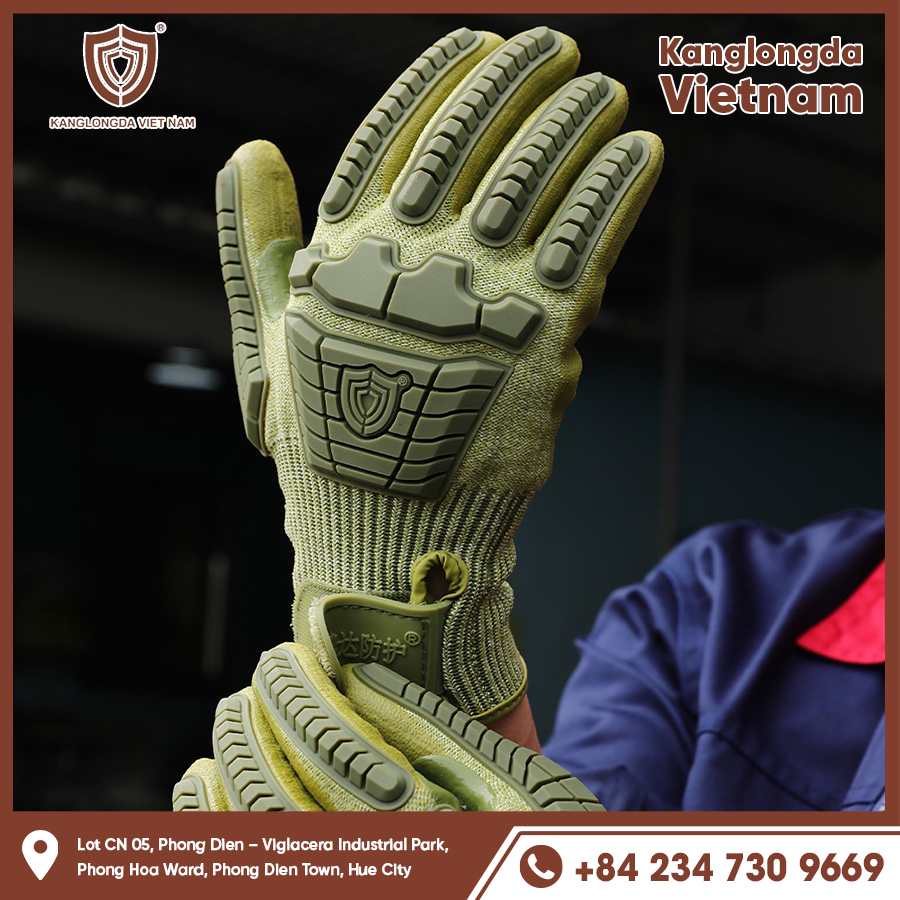Riding a motorcycle in cold weather can be exhilarating, but it comes with one major challenge—keeping your hands warm. That’s where heated motorcycle gloves come into play. Unlike regular gloves, heated versions actively generate heat, keeping your hands comfortable even in freezing temperatures. Whether you’re commuting in winter or cruising through chilly mountain roads, the right heated gloves can transform your ride. This guide covers everything you need to know about heated motorcycle gloves: how they work, the features to look for, benefits, common materials, maintenance tips, and how to choose the right pair for your needs.

How Heated Motorcycle Gloves Work
Battery-Powered Heating Systems
Most heated motorcycle gloves operate using rechargeable lithium-ion batteries. These compact batteries power built-in heating elements, usually located around the fingers and back of the hand. Riders can typically choose from multiple heat levels, depending on how cold it is outside. Battery-powered gloves offer mobility and freedom, making them ideal for long-distance or off-road travel. Some models last up to 8 hours on low settings, while higher temperatures may reduce battery life to around 2–4 hours.
Integrated Heating Wires
Inside the gloves, flexible wires made from materials like carbon fiber or micro-alloy conduct heat efficiently. These wires are sewn into the glove lining, evenly distributing warmth across the most vulnerable areas. Since these wires are thin and flexible, they don’t affect comfort or dexterity. Some high-end gloves use infrared heating technology, which penetrates deeply into the skin for more effective warmth, particularly useful for riders with poor circulation or arthritis.
Adjustable Temperature Control
Most heated gloves feature adjustable heat settings via buttons or touch-sensitive controls. Riders can toggle between low, medium, and high settings to match the external conditions. Some models even offer LED indicators or Bluetooth apps for easier monitoring. Advanced options include thermostatic regulation that adapts to ambient temperature, ensuring optimal warmth without overheating.
Benefits of Using Heated Motorcycle Gloves
Enhanced Comfort During Cold Rides
Cold hands can quickly turn a fun ride into an uncomfortable struggle. Heated gloves provide consistent warmth, reducing stiffness and allowing you to enjoy longer journeys even in winter. Warm hands improve throttle control and brake reaction time, boosting overall riding confidence and enjoyment.
Protection Against Numbness and Frostbite
Exposure to cold temperatures can lead to numbness or even frostbite. Heated gloves help maintain proper blood circulation, keeping your hands functional and safe. This is especially critical for riders with Raynaud’s disease or other circulation-related conditions. Some gloves also include padded insulation in addition to heat, adding extra protection during extreme cold.
Improved Grip and Control
When your hands are warm, your grip improves. Heated gloves allow better control over handlebars, especially important when navigating wet, icy, or uneven roads. Many gloves include textured or rubberized palms to prevent slippage. Reduced tension in your fingers also results in more precise handling of the clutch and brake levers.

Key Features to Look For in Heated Motorcycle Gloves
Waterproof and Windproof Layers
To maximize performance, your gloves should be both waterproof and windproof. Look for materials like Gore-Tex or Hipora membranes that block wind and moisture while maintaining breathability. Waterproof gloves keep your hands dry in rain or snow, preserving insulation efficiency. A good windproof layer reduces cold air penetration at high speeds, which is crucial when riding on open highways.
Long Battery Life
Battery life can vary significantly between models. Choose gloves with high-capacity batteries if you plan to ride for several hours. A minimum of 4–6 hours on medium heat is ideal for most riders. Many gloves now include USB charging, making recharging convenient on the go. Look for gloves that display battery status to avoid unexpected shutdowns mid-ride.
Touchscreen Compatibility
Modern riders often rely on GPS and smartphones. Gloves with conductive fingertips allow you to use your touchscreen devices without removing them, keeping your hands warm and reducing distractions. This feature is especially helpful for adventure riders navigating new routes. Ensure that the touchscreen pads are accurate and responsive, even in cold weather conditions.
Materials Used in Heated Motorcycle Gloves
Leather Construction
Premium heated gloves often use genuine or synthetic leather for the outer shell. Leather provides superior abrasion resistance, durability, and protection during accidents. It also retains heat well and offers a sleek look. However, leather needs occasional conditioning to maintain softness and water resistance.
Insulated Liners
Many heated gloves include inner liners made from materials like Thinsulate, fleece, or microfiber. These liners enhance insulation and comfort, making the gloves usable even without the heating function turned on. Some models offer removable liners, making them easier to clean and dry. Multi-layer gloves combining heat, insulation, and breathable linings provide optimal temperature regulation.
Reinforced Palms and Fingers
To ensure safety and longevity, heated motorcycle gloves often feature reinforced areas on high-impact zones such as palms, knuckles, and fingertips. These reinforcements may use Kevlar, carbon fiber, or additional padding to offer better protection in case of a fall. Look for gloves with hard knuckle armor if you’re riding at high speeds or off-road.
Choosing the Right Heated Motorcycle Gloves
Fit and Sizing
The right fit is crucial for both safety and performance. Gloves should be snug but not tight, allowing full hand mobility and circulation. Many brands offer sizing charts—measure your hand circumference and length for the best match. Ill-fitting gloves can reduce dexterity, create pressure points, or interfere with heating efficiency.
Type of Riding
Different riding styles require different glove features. For example:
-
Touring riders may prioritize long battery life and comfort.
-
Commuters need gloves that are quick to charge and easy to wear daily.
-
Adventure riders often choose rugged gloves with reinforced armor and waterproofing.
Assess your primary riding environment to select the features that matter most to you.
Safety Certifications and Ratings
Choose gloves that meet motorcycle safety standards (such as CE certification in Europe). Gloves with reflective strips enhance nighttime visibility, and those with impact-resistant padding offer added security. Make sure the gloves are compatible with your riding jacket cuffs and that they don’t interfere with wrist movement or handlebar controls.
Care and Maintenance Tips
Charging and Battery Care
Always use the charger provided with your gloves to avoid damaging the battery. Avoid overcharging, and don’t store batteries in extremely cold or hot environments. Some gloves include battery storage pouches for safe off-season storage. Charge batteries before storing them for extended periods to preserve their lifespan.
Cleaning and Washing
Avoid machine washing unless the manufacturer specifically allows it. Instead, use a damp cloth and mild soap to wipe down the gloves. Remove the batteries before cleaning. Let gloves air dry completely before storing them. Leather gloves benefit from occasional treatment with leather conditioners or waterproofing sprays.
Storage and Longevity
Store your heated gloves in a cool, dry place. Avoid folding or placing heavy objects on them, which could damage heating elements. When storing for long periods, remove batteries to prevent leakage or discharge. Proper maintenance extends the life of both the heating system and the outer materials, saving you money in the long run.

Heated motorcycle gloves are an essential piece of gear for anyone who rides in cold or unpredictable weather. They offer consistent warmth, better control, and enhanced protection, allowing you to focus on the road rather than the temperature. By understanding how they work and what features to look for—from battery life to construction materials—you can find the perfect pair to match your riding style and climate needs. Invest in a quality pair today and enjoy warm, safe, and stress-free rides all year round.






